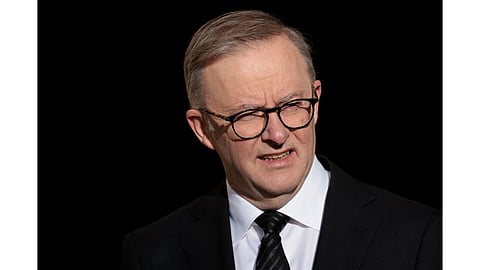

The Labor Party wins Australia’s general elections for the 2nd consecutive time
Its win provides certainty to the country’s renewable energy policies
It also brings investor confidence as Australia focuses on solar and battery expansion
Australia’s renewable energy-leaning Labor Party has won the country’s federal elections to secure a 2nd term under the leadership of Anthony Albanese. With its re-election, the country’s green energy transition is expected to gain further momentum.
Albanese beat opposition leader Peter Dutton, whose energy plan included zero-emissions nuclear power as opposed to the Labor Party’s ‘chaotic renewables-only’ approach.
Australia’s Clean Energy Council (CEC) has welcomed the election results, calling the election a ‘referendum’ on renewable energy. CEC Chief Executive Kane Thornton explained that this re-election of the Albanese government provides continuity for strong and effective policy, maximizes investor certainty, and delivers lower power prices.
The May 3, 2025 election brought a stronger mandate for the Labor Party under whose administration, Australia has taken several decisive actions for the growth of renewable energy, particularly solar PV. Some of these measures include the following:
Expansion of the Capacity Investment Scheme (CIS) from 6 GW clean, dispatchable capacity to be awarded through competitive auction to 32 GW capacity (see Australia Announces Plans To Auction 32 GW RE Capacity).
AUD 1 billion to promote domestic solar PV manufacturing under the Solar Sunshot program (see Australia Announces AUD 1 Billion For Solar Program).
Just before the federal election, in April 2025, the Albanese government announced an AUD 2.3 billion battery scheme for rooftop solar households (see Labor Party’s AUD 2.3 Billion Solar Battery Promise).
As the CEC said, investors also get long-term visibility into this growing renewables market as the country targets to achieve an 82% renewable energy share in its national power mix by 2030.
A BloombergNEF report from August 2024 stated that the country will need to install 290 GW of wind and solar capacity to achieve net-zero status by 2050 (see Australia To Need 290 GW Wind & Solar To Achieve Net-Zero By 2050).
